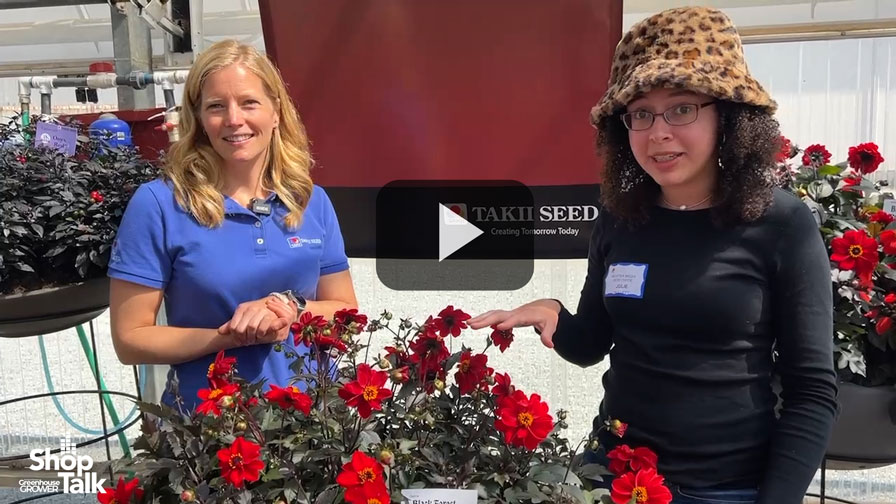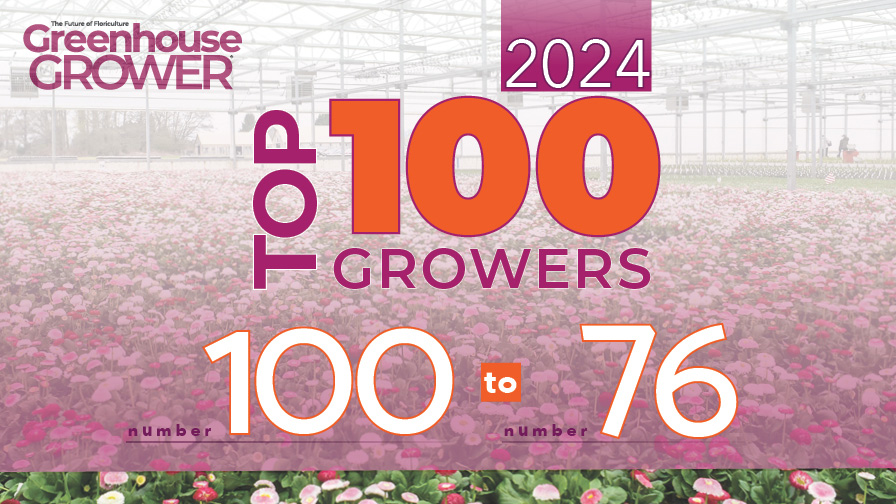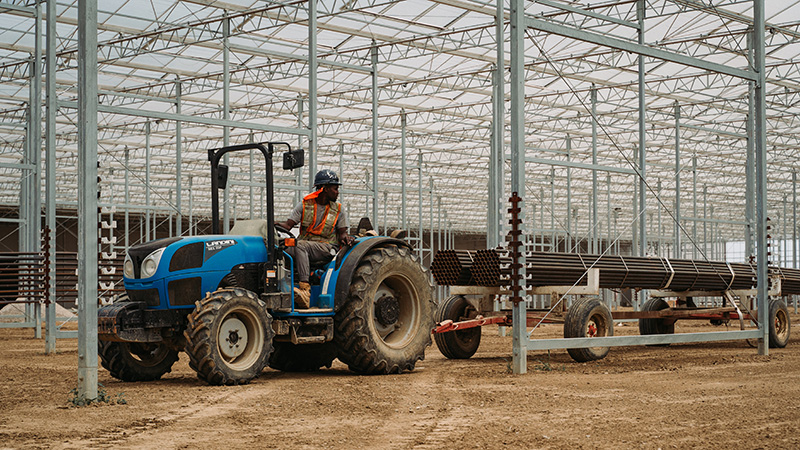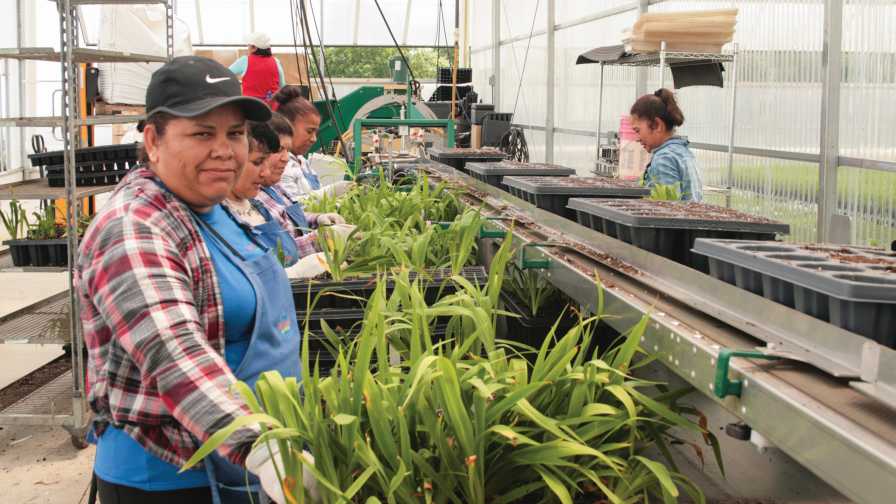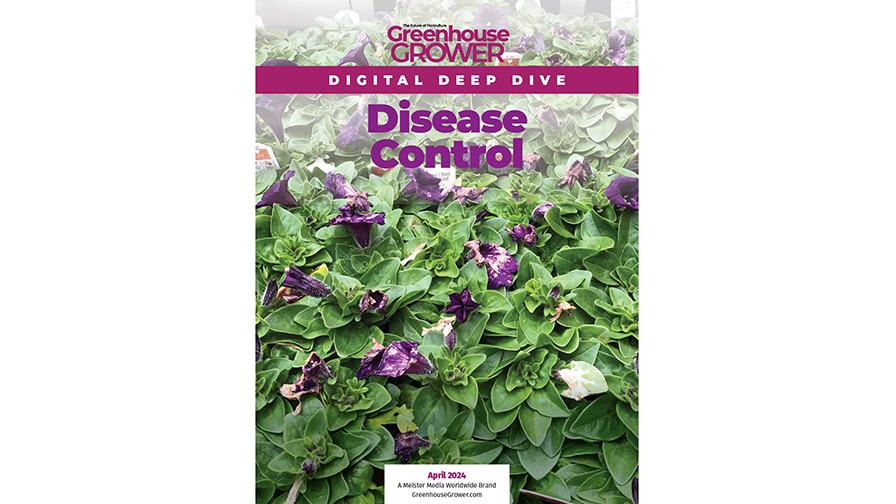Light Matters In Greenhouse Structures

Greenhouses constructed in Northern Europe have far fewer bulky structural elements and much more tightly retracted shade curtains that help to maximize light transmission through the structure.
Whether entering an old or a new greenhouse, I am always curious to see how the structure was put together. I look at what materials were used, how the various components are put together, and how much light the structure transmits.
The larger and more numerous the various components, the more light they block from reaching the plant canopy. If you put a light sensor at canopy height and another one outside, you can more accurately evaluate how much light is able to pass through the greenhouse and reach your crop.
You can then assess the average annual light transmission with the data you have collected over the entire year. Don’t be surprised if that number is less than 60%; a number that is probably lower than you would have guessed.
Why does this matter? Research has shown that up to 1% less light can result in 1% less yield. So having a greenhouse structure that allows a greater percentage of light to reach the crop can increase crop yield by a few percent. These numbers may seem small, but they add up for a larger production area or over an entire growing season. In other words, it pays to get as much sunlight onto the crop canopy as possible.
European Structures Allow For More Light Transmission
When comparing new North American greenhouse structures with new structures used in Europe, it strikes me that the structures are often much heavier (with more structural components that block light) than the structures used in Europe. To a certain extent, this may be due to the heavier snow and wind loads we use to design our structures, but in general, the Europeans have spent more time designing greenhouse structures that maximize light transmission.
For example, they have done away with large gutters and instead have integrated the roof drainage function into the design of the A-frame roof. They run trusses where we run gutters, and they integrate curtains and shade screens into structural elements, all in order to increase light transmission.

Greenhouses constructed in North America have a significant amount of structural elements and bulky retracted shade curtains that reduce the overall light transmission through the structure.
Some even use novel post designs (resembling small trusses) to increase light transmission in taller greenhouses. Interestingly, they also have rediscovered the benefit of diffuse light (resulting in deeper penetration into the plant canopy), a benefit well known to North American growers that more often use double polyethylene film to cover their greenhouses.
One of the reasons the Europeans are so keen on light and its transmission through the greenhouse structure is that they have less of it: Most of Europe is located at a higher latitude compared to many locations in North America. But as we transition from our dark season into spring and summer, I think it is important to remember that the design of the greenhouse structure can have a significant impact on your bottom line.
So the next time you talk to a greenhouse manufacturer, why not engage in a discussion about light transmission and ask about design features that could improve it? Your plants and your wallet may thank you for it.



